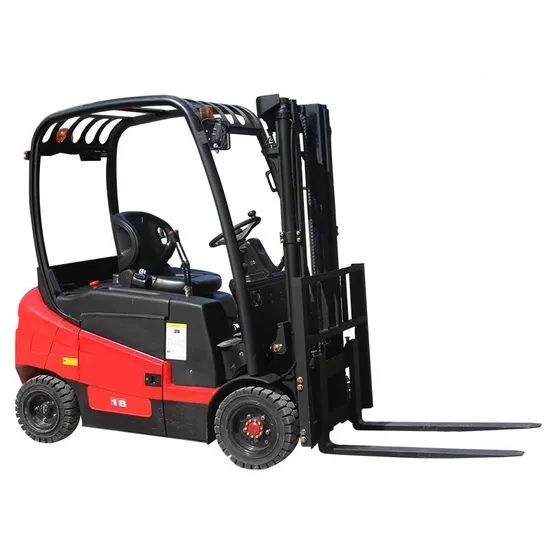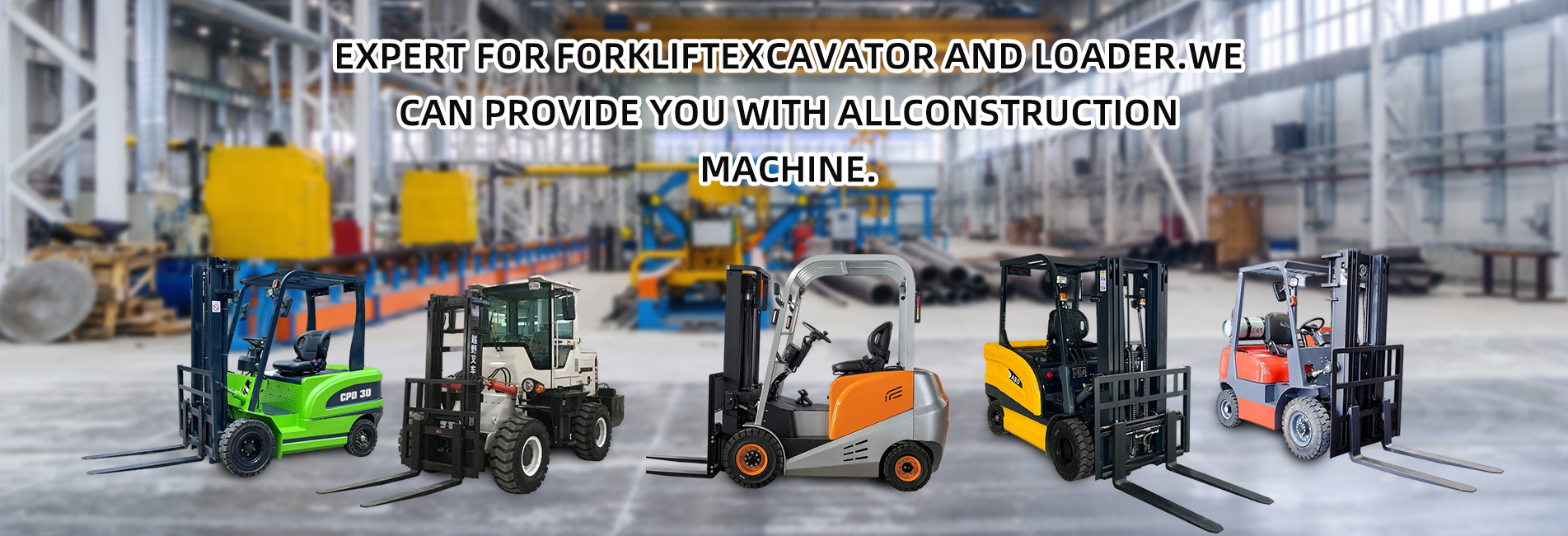Small-tonnage electric forklifts and LPG forklifts each have their own advantages and applicable scenarios. It cannot be simply said that "one is better than the other"; instead, the judgment should be based on specific operational needs. The following is a comparative analysis from the dimensions of core performance, applicable scenarios, and costs to help you make a clearer choice:

I. Comparison of Core Performance
| Dimension | Small-tonnage Electric Forklifts (1-3 tons) | Small-tonnage LPG Forklifts (1-3 tons) |
|---|---|---|
| Power and Flight duration (Endurance) | Driven by an electric motor, with stable power output but weak explosive force; relies on battery for endurance, with a single charge lasting about 4-8 hours (depending on battery capacity), and requires reserved charging time. | Driven by an engine, with strong power (especially when fully loaded); LPG cylinders can be quickly replaced, offering longer endurance (about 8-12 hours per cylinder) without waiting for charging. |
| Environmental Protection and Emissions | Zero exhaust emissions, extremely low operating noise (about 50-60 decibels), suitable for indoor scenarios sensitive to air and noise (such as food workshops, pharmaceutical warehouses). | Exhaust contains a small amount of carbon dioxide and carbon monoxide (lower than diesel vehicles), with moderate noise (about 70-80 decibels); indoor use requires adequate ventilation, while outdoor use has no such restrictions. |
| Adaptability to Operating Environment | High requirements for the ground (needs to be flat and hardened); batteries are sensitive to low temperatures (endurance may decrease in winter); circuits are easily damaged in wading/moist environments. | Adaptable to non-hardened roads (such as gravel, soil); less affected by low-temperature environments; better moisture resistance than electric forklifts (but attention should be paid to engine waterproofing). |
| Maintenance and Operation | Simple maintenance (mainly maintaining batteries and motors); easy to operate (stepless speed change, even women can handle it easily). | Slightly more complex maintenance (requires regular maintenance of the engine and fuel system); equipped with gears for operation, with slightly higher requirements for the driver's proficiency. |
II. Differences in Applicable Scenarios
Electric forklifts are more suitable for:
- Pure indoor operations: Such as e-commerce warehouses, food processing plants, pharmaceutical workshops, and other scenarios with extremely high requirements for environmental protection (zero emissions) and low noise.
- High-frequency short-distance handling: Such as accessing goods on warehouse shelves, transferring materials next to production lines, where charging is convenient (can be recharged during lunch breaks).
- Clean environments: Such as electronics factories and precision instrument workshops, to avoid product contamination by exhaust gas.
LPG forklifts are more suitable for:
- Mixed indoor and outdoor operations: Such as supermarket back warehouses (indoor) and truck loading/unloading (outdoor), building materials markets (indoor warehouses + outdoor storage yards).
- Scenarios without charging conditions or with high endurance requirements: Such as remote logistics points and farms, where convenient charging is unavailable and long-term continuous operation is needed (can continue working by replacing cylinders).
- Complex road surfaces: Such as temporary handling at construction sites, non-hardened ground in breeding farms, which require equipment with high wear resistance and impact resistance.
III. Cost Comparison
- Purchase cost: Electric forklifts (about 30,000-80,000 yuan) are generally more expensive than LPG forklifts of the same tonnage (about 20,000-60,000 yuan). The difference mainly comes from the battery (lithium batteries are more expensive but have a longer service life).
- Operating cost:
- Electric forklifts: Low electricity costs (about 1-3 yuan per hour), but batteries need to be replaced every 5-8 years (costing about 10,000-30,000 yuan).
- LPG forklifts: Higher fuel costs (about 5-10 yuan per hour); cylinders do not need to be replaced, and the engine service life is about 10 years or more.
- Maintenance cost: Maintenance of electric forklifts is cheaper (about 500-1,000 yuan per year). Due to more engine components, the annual maintenance cost of LPG forklifts is about 1,000-2,000 yuan.
IV. Summary: How to Choose?
Choose electric forklifts if: the operation is mainly indoor, there are high environmental protection requirements, charging waiting is acceptable, and long-term use is planned (to amortize the battery replacement cost); electric forklifts are a better choice.
Choose LPG forklifts if: both indoor and outdoor operations are needed, the operating environment is complex, there is a high endurance requirement, or short-term use is planned (to avoid battery depreciation losses); LPG forklifts are more flexible and practical.
In short, electric forklifts are "environmentally friendly and economical indoor experts", while LPG forklifts are "versatile and flexible all-rounders". The choice should be based on the matching of operational scenarios, cost budgets, and endurance needs. There is no absolute "better" option, only a more suitable one.


